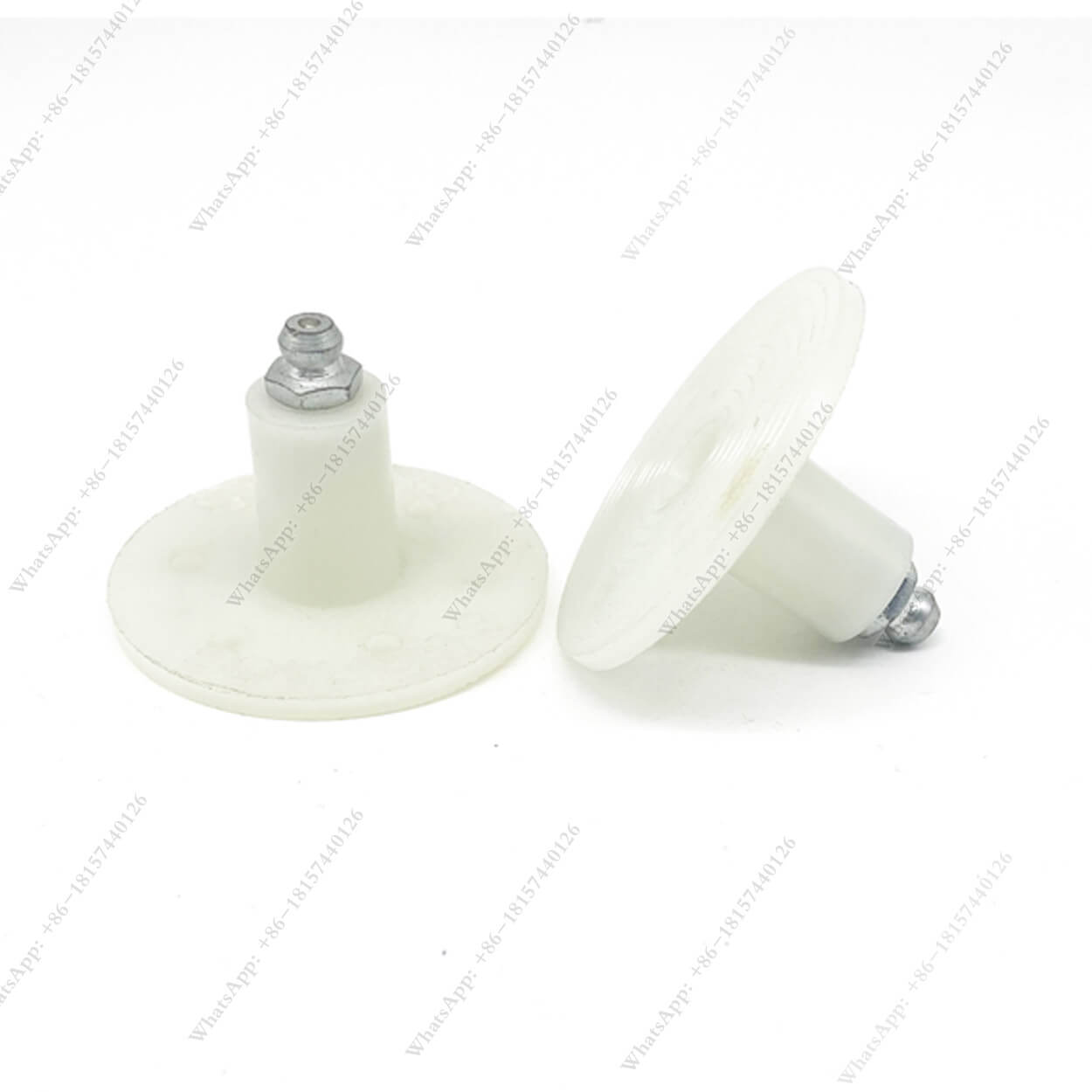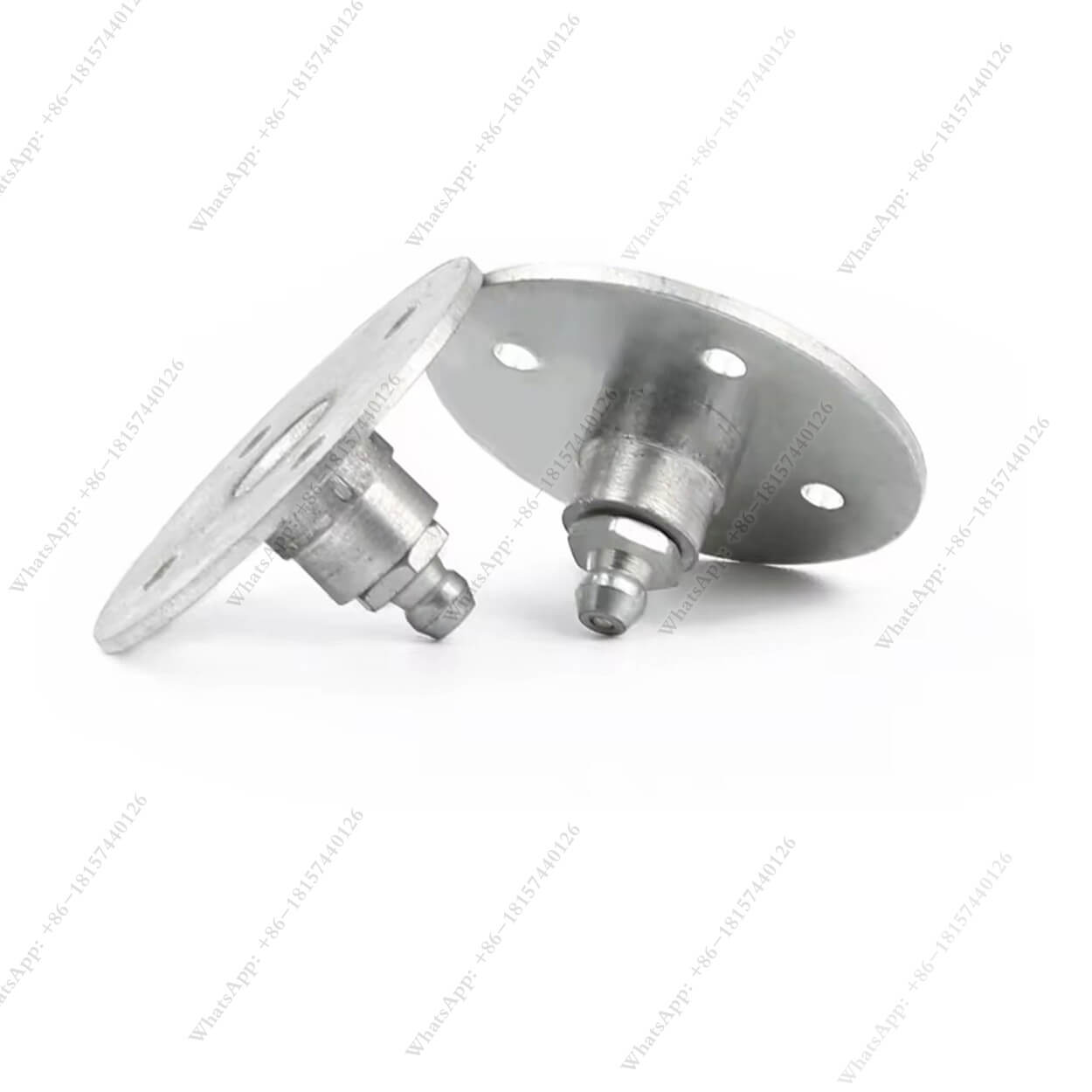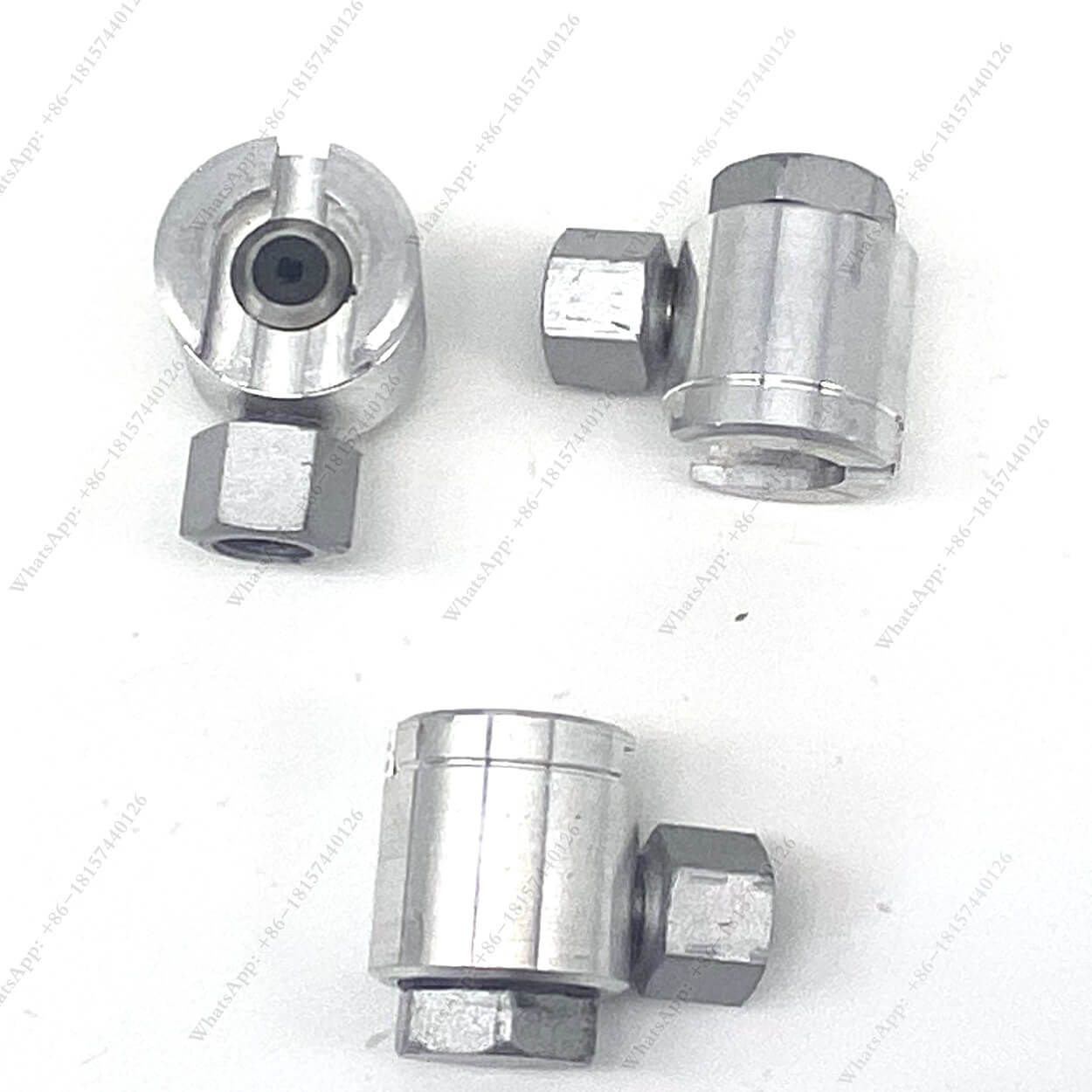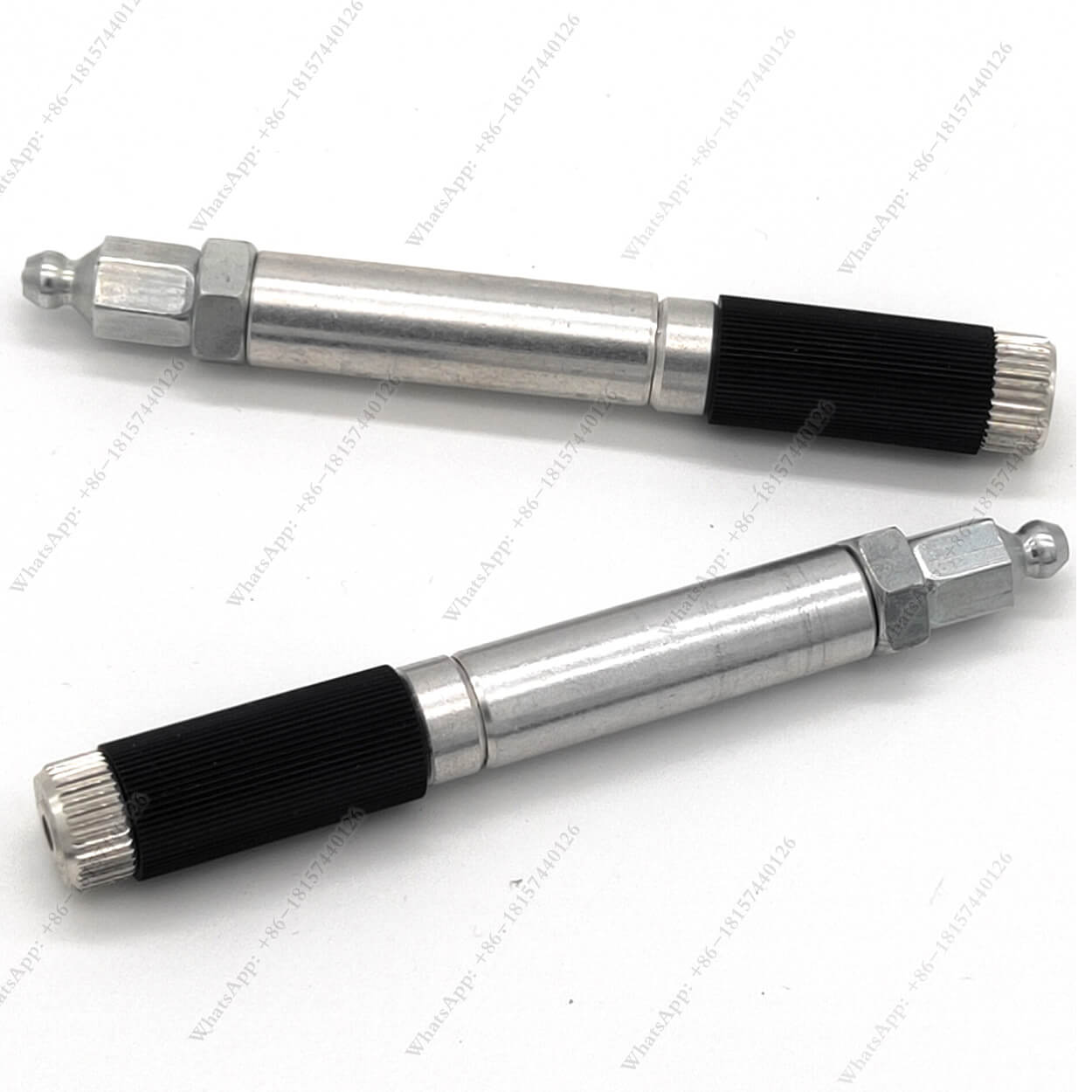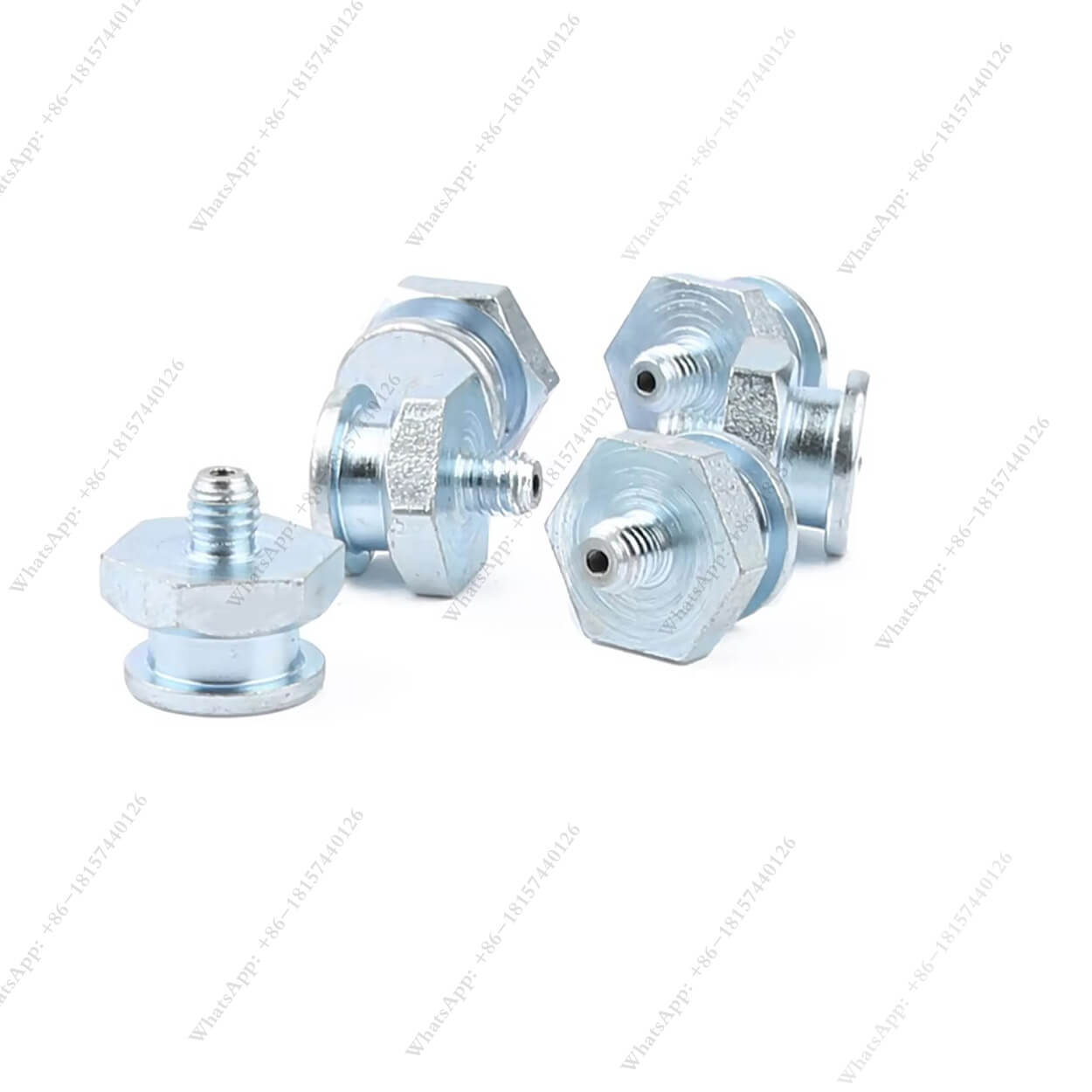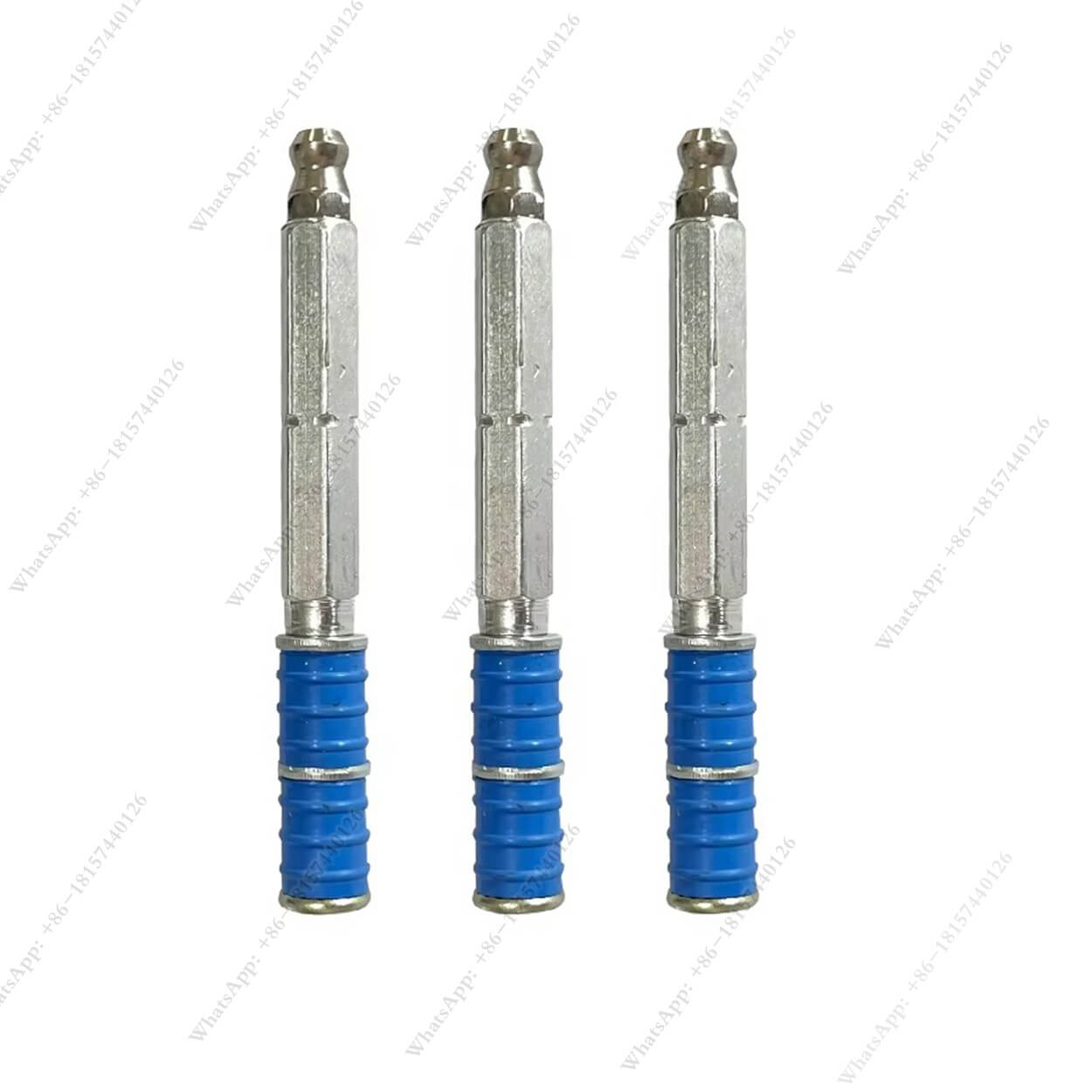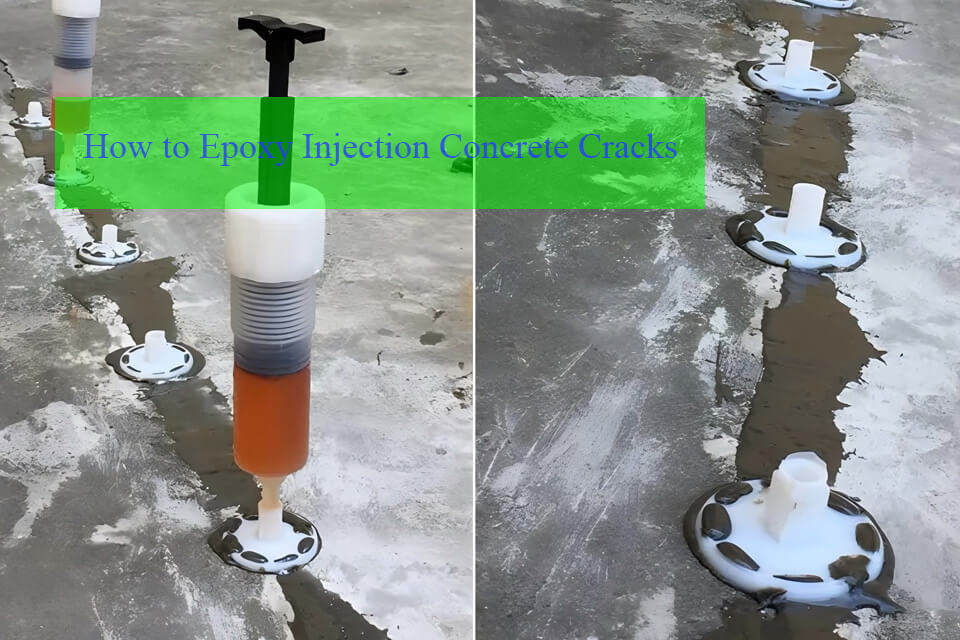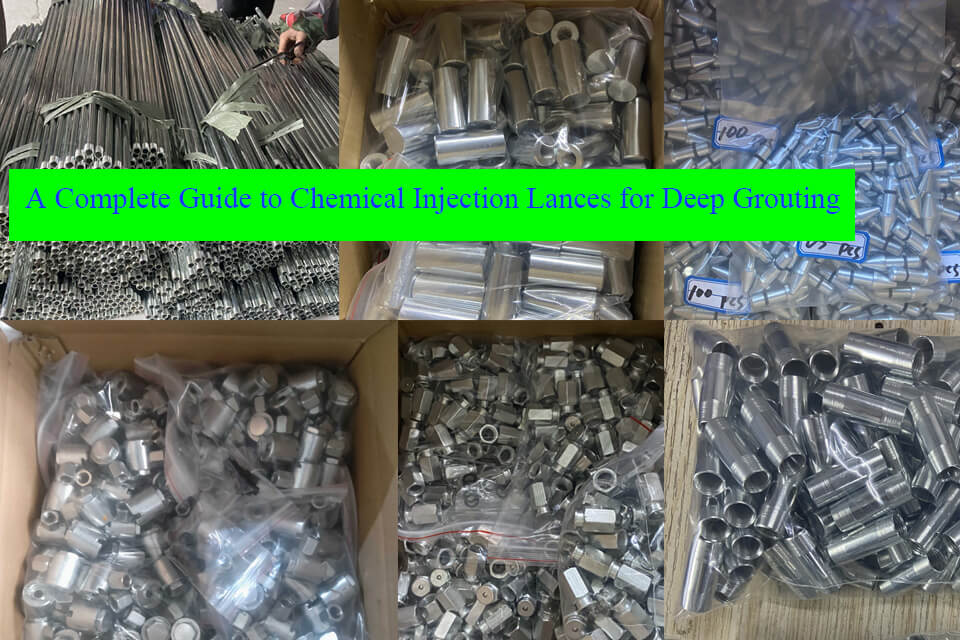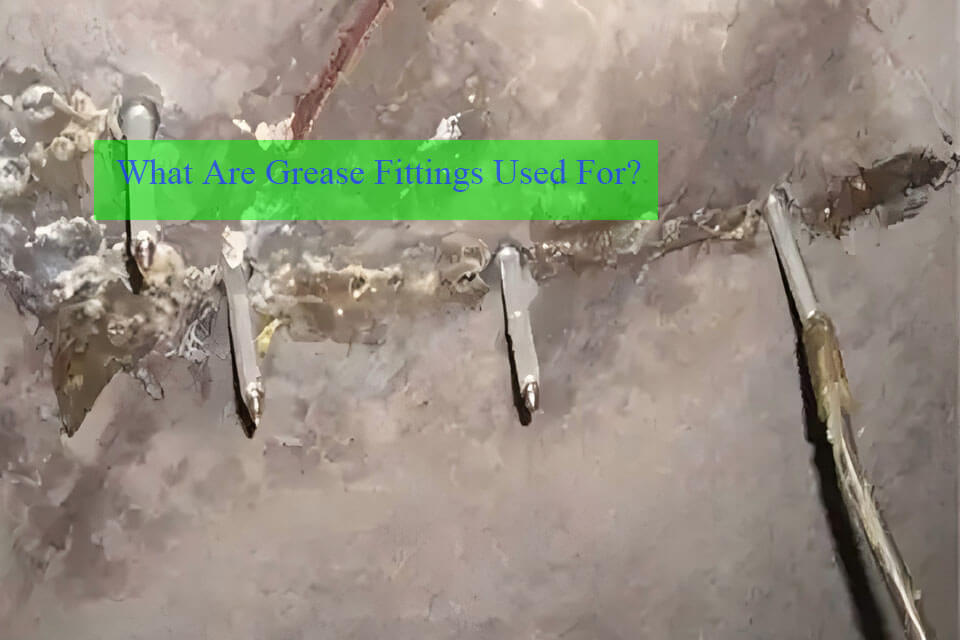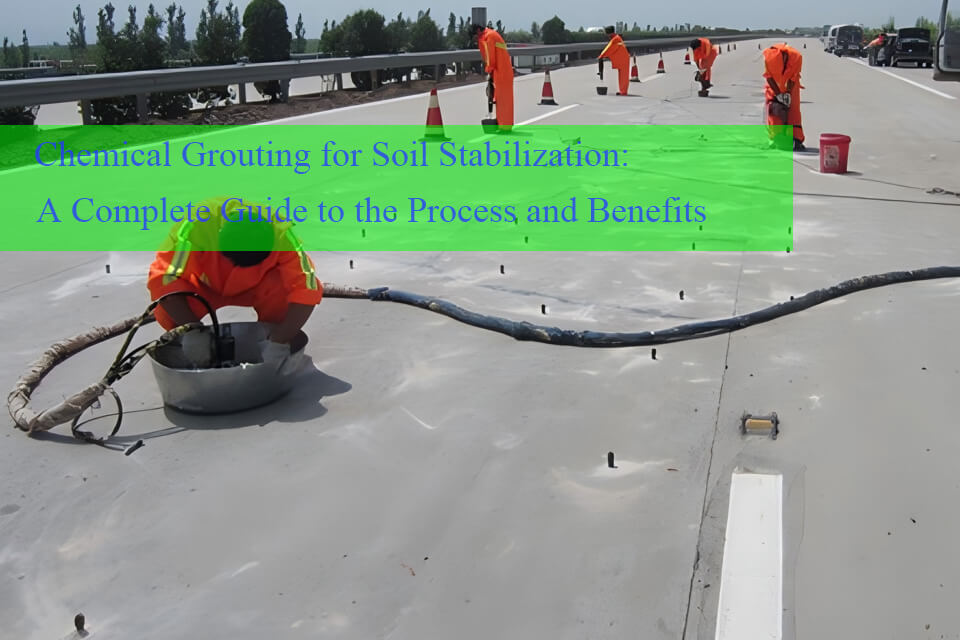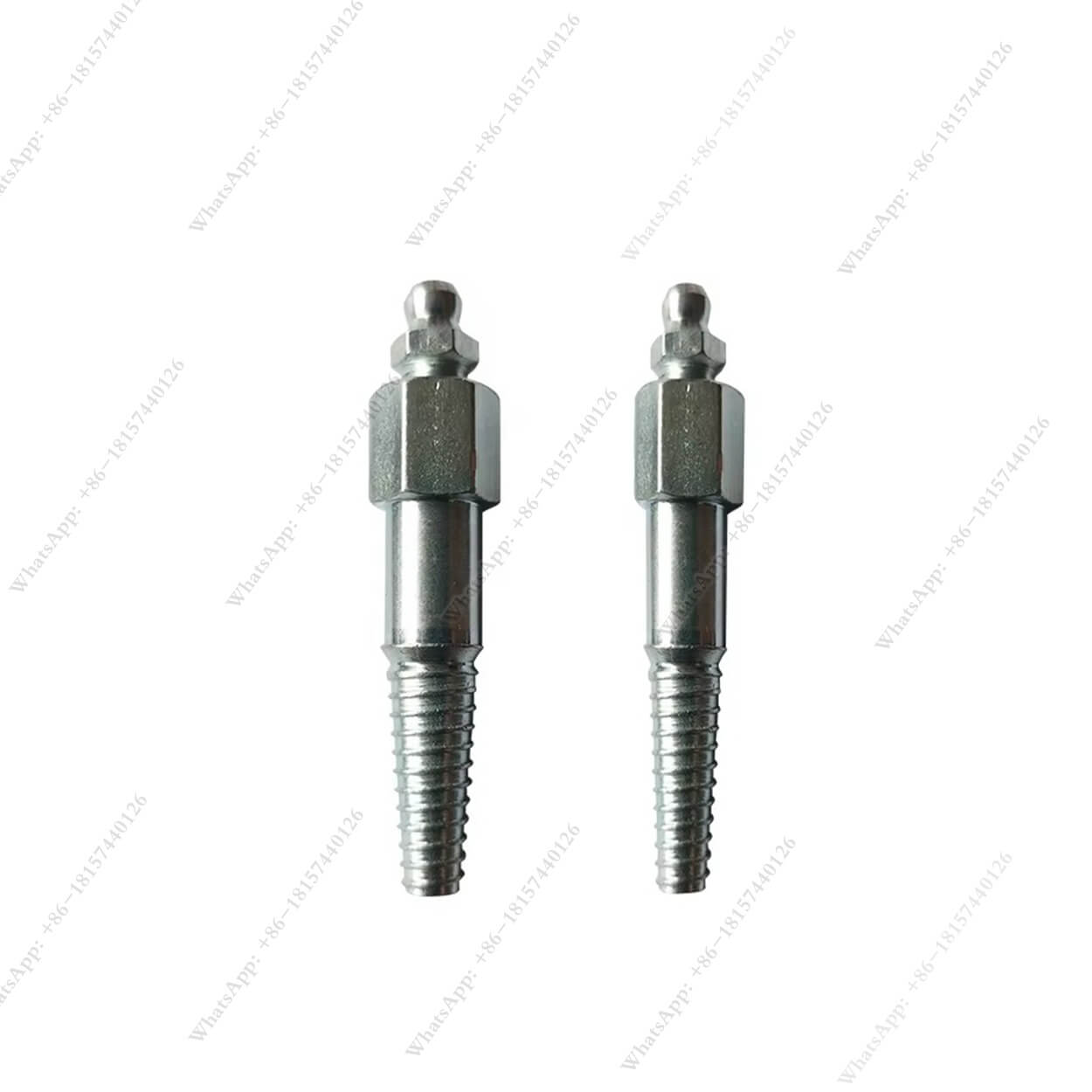
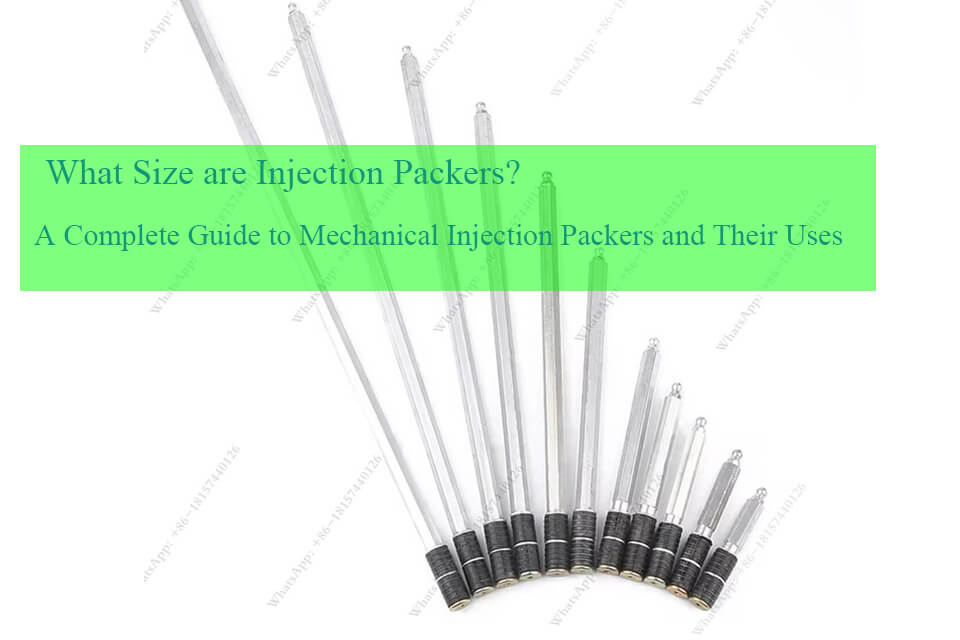
What Size are Injection Packers? A Complete Guide to Mechanical Injection Packers and Their Uses
When it comes to crack injection and waterproofing, the size and type of mechanical injection packers you use can make all the difference.
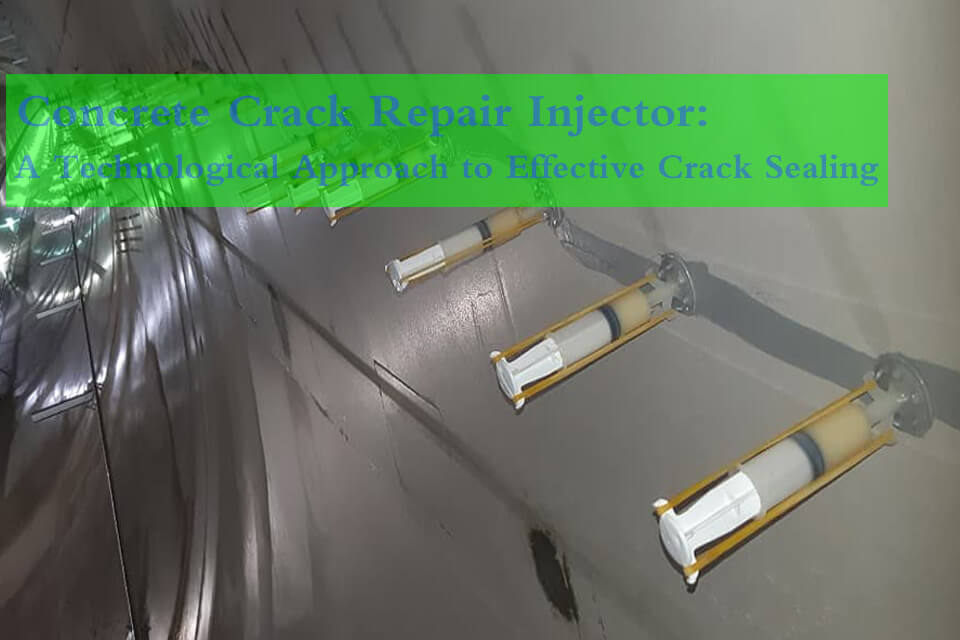
Concrete Repair: The Innovative Concrete Crack Repair Injector
The Concrete Crack Repair Injector is a self-contained, high-efficiency device designed specifically for the repair of cracks in concrete structures.
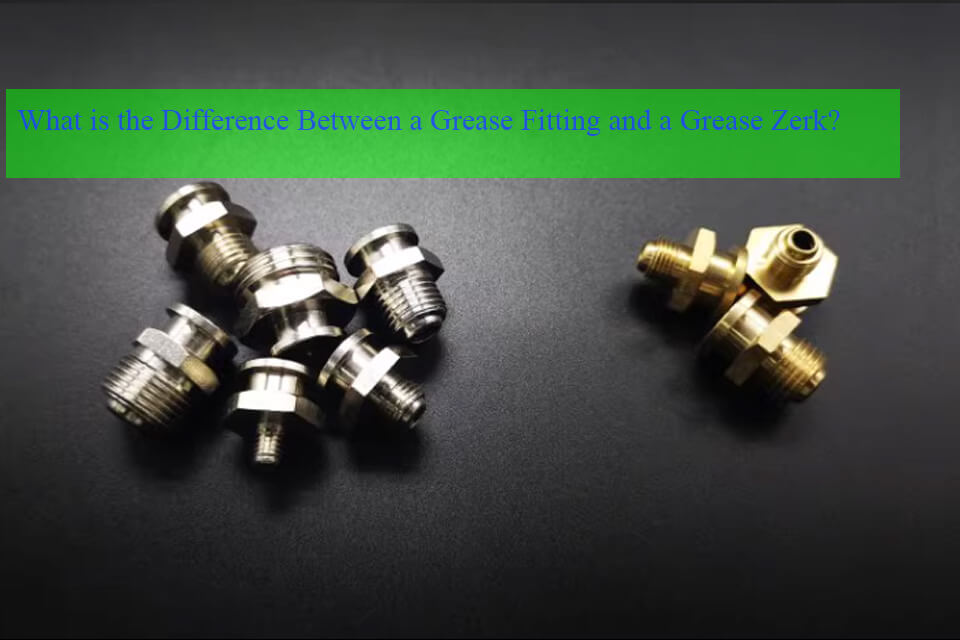
What is the Difference Between a Grease Fitting and a Grease Zerk?
If you’re in the world of machinery maintenance, you’ve likely come across the terms “grease fitting” and “grease zerk.”

